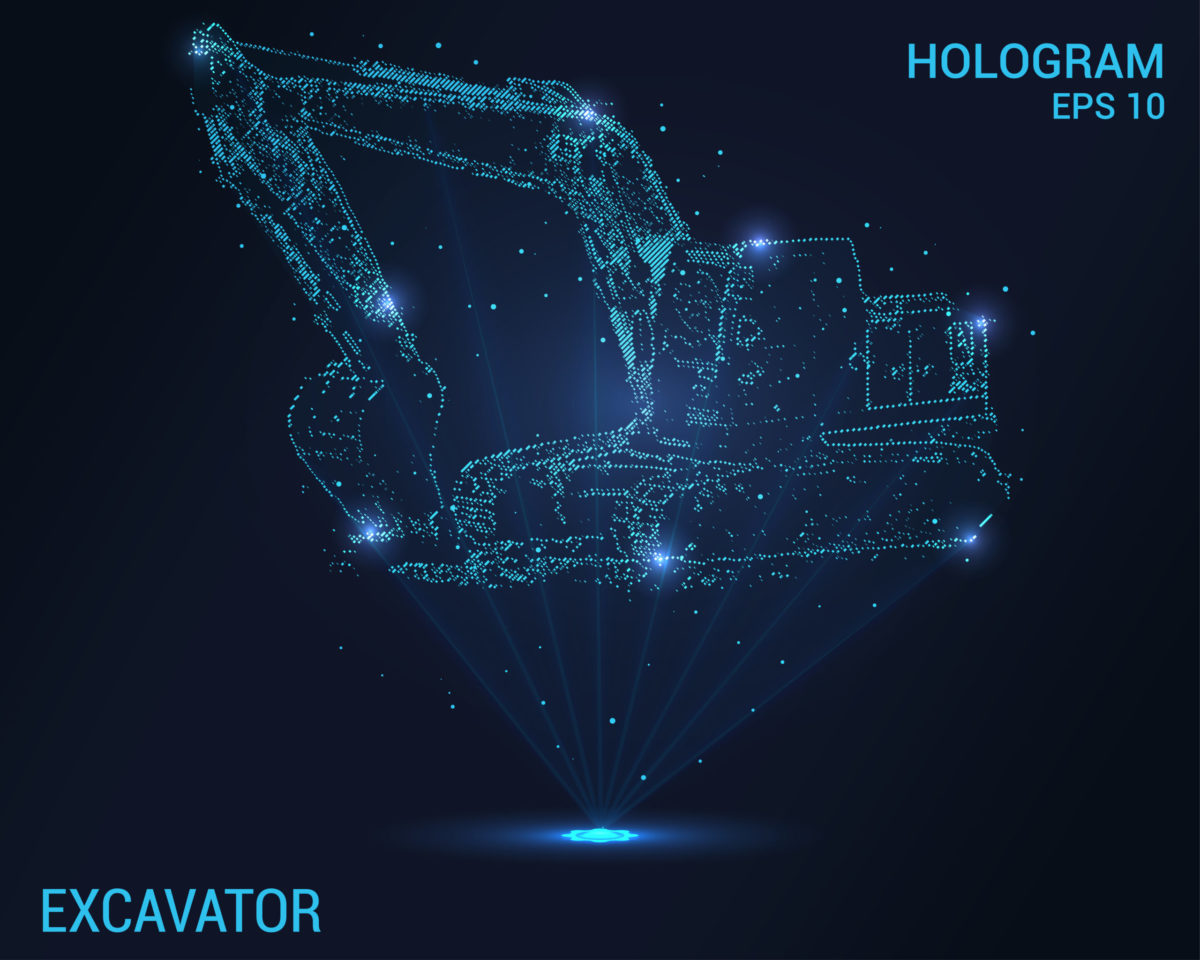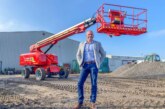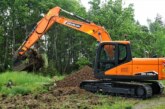
Construction equipment – the struggle for supremacy
The race to electrify construction equipment is merely the first skirmish in a longer – bigger – campaign to redefine how machines are designed, operate and look, say sector consultants Alan Berger and Carl-Gustaf Goransson.
Forgive the generalization, but in the main there are no bad machines nowadays. Ironically, far from strengthening manufacturers’ hands, this universal competence has created its own problem – namely how can leading manufacturers retain their premium positions over ‘lesser’ brands and woo buyers?
Construction equipment has been on a path towards commoditization for many years, simultaneously increasing the importance of the dealer-customer relationship and challenging the premium positioned OEMs to find new ways to demonstrate their value to customers. Indeed, we have commented on this topic several times in recent years, noting that the difference in performance and fuel efficiency between different brand and model machines has been declining. With only a few exceptions, increments in these key buying criteria now tend to be small, and price competition has been intense when supply is in balance with demand. For equipment users, this means they can focus more on the level of support from their dealer or rental company and pricing rather than being too concerned over which brand machine they are getting.

Of course, everyone is well aware that change is afoot, and products powered with alternative energy sources are coming. By some counts, there are 20+ different potential energy sources that could make up the global portfolio of solutions across different locations and applications. Electric products in their various forms (battery, fuel cell, etc.) will certainly be part of this change. So, why are we talking about electric products and commoditization at the same time? We believe that electric machines bring the potential to forestall the complete commoditization of the bulk of the construction equipment market for at least a decade. How is this so?
The overall commoditization effect that we see in the traditional diesel products is the result of 70+ years of refinement of the same basic technologies – diesel engines applying power through mechanical geartrains and hydraulics. After seven decades of refinement of this package,, even with the advent of software control, it is increasingly difficult to come up with something that the competition has also not thought of. It’s not just the powertrain, even the fundamental shape of machines is dictated by the physical constraints that these technologies bring.
Consider the loader-backhoe
This machine is a 1950s adaptation of the humble farm tractor, where the loader is by necessity wrapped around the engine that sticks out the front of the machine, leaving the rear as the only logical place to put the backhoe. The tractor part itself is constrained by the need to fit an engine, transmission, and axle to drive the machine, while leaving a comfortable place for the operator to sit. So, what happens when you remove the diesel engine and its need to have a relatively straight line to the axle, which needs a straight line to the wheels? While mechanical energy needs to route through rigid gears and shafts and hydraulics through relatively stiff hoses, electrical energy is transmitted through wires that can bend around corners. Perhaps even more importantly, there are countless ways to control these electric systems through software.
We have only begun to build these electrified machines. All are still in their infancy and most just substituting the diesel engine for a battery and some motors. There has been little work done to rethink the fundamental structure of the machine and to exploit the performance potential that a more software-controlled machine offers. Further, battery electric componentry itself is quite immature, with significant – as yet untapped – opportunities to optimize batteries, fuel cells, motors, and their installation for specific machine types. This creates potential for an entirely new race to develop the best machine for each application – with the winners being those who figure out to get the best performance in the smallest and most energy efficient package.

This also means that really understanding the capability of the electrified machine is important for end-users. There will be substantial differences between some brands for years to come. Things that can really matter to the user include efficiency that connects to battery operating time in their specific application, weight and cost. It is also important to consider the machine’s ability to handle attachments, ability to operate at high and low temperatures and power needs for charging. These are in addition to potential changes in visibility, machine weight and configuration. Software controlled machines may be able to be more optimized for certain tasks, but the level and effectiveness of this control will also vary considerably between manufacturers. Finally, some features will eventually require a pay per use fee or subscription that must be factored into the total cost of ownership.
Who is best positioned to win this race? As with the automotive sector, electrics’ relative simplicity compared to ICE combined with the consequent lower investment required, means that barriers to entry are falling. That said, the largest OEMs are aiming at gaining first mover advantage and trying to maintain or improve their current position in the new competitive hierarchy. We have previously written that Chinese OEMs have not been able to make real progress penetrating the EU and NA markets. China has a significant head-start in electrification: if geopolitical considerations allow, could this rewriting of the rule book be the opportunity that enables Chinese OEMs to gain a significant market share foothold in the west?


About the authors: Alan Berger and Carl Gustaf Göransson are managing partners of the commercial vehicle advisory practice, abcg™. The practice offers unrivalled experience, deep industry knowledge and an external 360o perspective to clients, qualifying them to deliver accelerated, sustainable transformation that propels business performance from good to exceptional. Equally focused on delivering successful outcomes as well as conceiving strategy, abcg™ help to identity and remove points of friction and provide hands on support to implement the required change.




